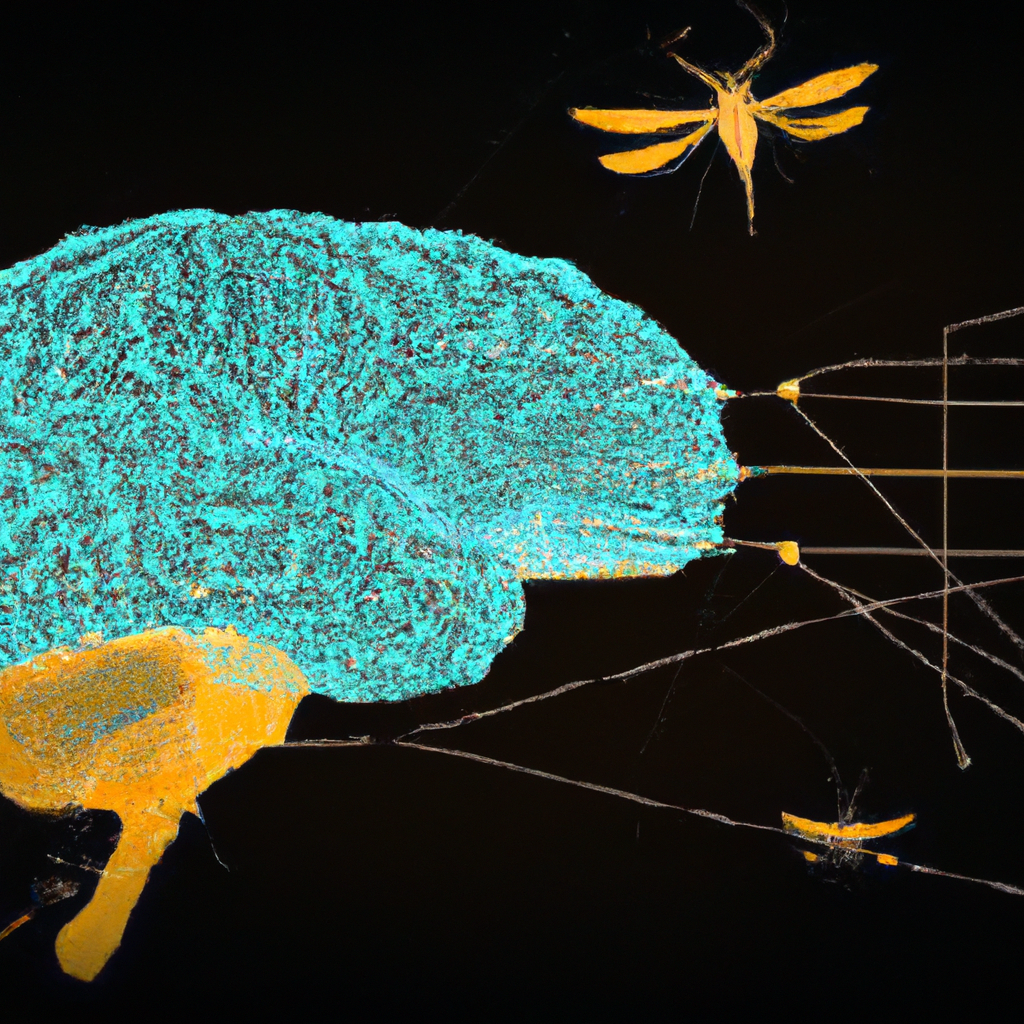
Fruit flies and the Glowing Map of Their Brain’s Evolution: Do They Remember Their Larval Lives?
Key Points
- The debate around the memory capacity of fruit flies has taken an unexpected turn.
- Scientists have discovered a way to create a glowing map of a larva’s brain.
- This innovative technique tracks how neurons move and rearrange during maturity.
- This could potentially answer the question of whether fruit flies remember their larval lives or not.
- The research could have significant implications for understanding animal memory, including human memory.
- The scientific community anticipates this study to open doors for future research about memory and cognition.
The Bug’s Life and Its Glow in the Dark Brain
Have you ever wondered whether babies remember their time in the womb? Seems like a question for the ages, right? Well, scientists took a similar query and decided to pick…not on babies, but on fruit flies. Yes, the myriad of mysteries within the tiny brains of fruit flies is getting unsheathed one fluorescent neuron at a time.
In a somewhat sci-fi experience worthy of a Jules Verne novel, scientists at a distant lab undertook a pathbreaking experiment to understand whether fruit flies remember their larval lives. And they achieved this by making the brains of these tiny yet incredibly fascinating insects glow. Cool, right?
Enlightening the pathways of memories
To achieve this, these brave seekers of insect cognition made the neurons inside larvae luminesce. Sounds like something out of a Pixar movie. They then observed this beautiful, enigmatic glow dance and shuffle its way through the process of maturity, forming adult fruit fly brains.
The purpose of this neon-sign-meets-bug-life exploration is to map how the insects’ neurons evolve from their juvenile to adult stages. In other words, scientists want to know if a fruit fly wakes up one day as an adult and says, “Ah, I remember when I was just a larvae.”
Implications of the Fruit Fly Study
While it may sound a bit silly, this study isn’t just about sating a curios scientist’s whim. It may play a pivotal role in advancing our understanding of memory and cognitive development in all creatures, including humans. The debate about whether early experiences and memories get carried into adult life isn’t limited to metamorphosed insects.
Also, it’s as much about fleshing out the larger mysteries of memory as it is about creating new techniques to visualize and track neuron movements and development in the animal kingdom — from illuminating bug-to-bug variances in neural migration patterns to observing neuron behavior over time. This experiment could potentially light up entirely new directions in the burgeoning field of neurology.
The Neurological Uncertainties Scaling from Bugs to Humans
If you’re still thinking, “But why fruit flies?” Remember, these simple, ever-present creatures can offer insights into life’s more complicated beings, like us humans. The main idea behind it is that understanding how a fruit fly’s memory operates and evolves could tell us a lot about how our very own memory systems function.
Hot Take
Obviously, this isn’t about just determining a lowly fruit fly’s autobiographical recall ability. This study transcends the realm of curious bug research and opens up an avenue for wider implications about memory and cognitive functioning. It’s not just about asking whether your friendly neighborhood fruit fly fondly reminisces about its larval days, it’s about understanding how early memories shape us.
Maybe the reason we struggle with certain behavioral patterns or grapple with deeply ingrained habits can be traced back to the movements and reshuffling of our neurons during our early days. The neon dance of neurons in a bug’s brain might just hold the key to understanding some of our own mind’s deepest mysteries.
So, the next time you swat at a fruit fly, remember that in its microscopic head, it could be holding the secrets to untangling the labyrinth that is human memory. How’s that for an unexpected neuroscience superhero?